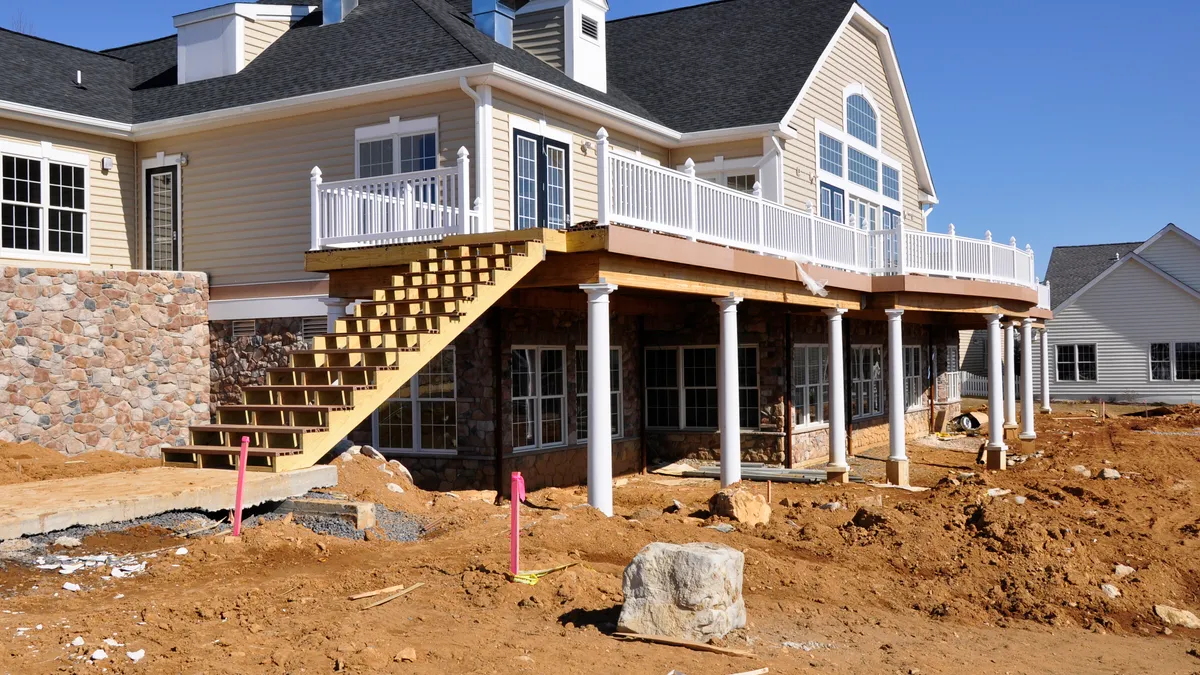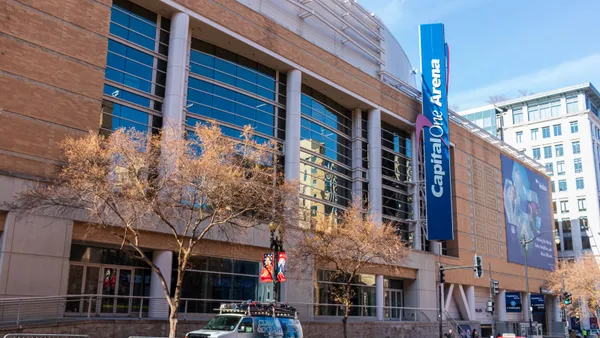Dive Brief:
-
Overall, U.S. housing markets have reached normal levels of economic and housing activity based on current home prices and permits as well as employment figures, according to the National Association of Home Builders/First American Leading Markets Index (LMI).
-
Still, categories within the LMI show different stages of post-recession recovery, with employment reaching 98% of normal activity, home price levels at 150% and single-family permits at 53%.
-
Of the roughly 340 markets tracked by the LMI, 183 are back to or ahead of the point at which they last registered as having "normal" levels of housing and economic activity — a net addition of 67 markets from the year before.
Dive Insight:
Still, activity in the housing market faces challenges from rising home prices, a persistent lot and labor shortage, and increasing material costs. High demand and tight inventory continue to fuel home-price growth, with values increasing 1.6% from February to March and 7.1% from the prior year, according to the latest CoreLogic Home Price Index. Growth projections are tapering — with prices forecast to rise 4.9% nationwide through March 2018 — but only somewhat.
Builders have begun to feel the drag from those headwinds, but so far, that hasn't made a huge impact on their market outlook. Confidence in single-family housing activity reached a 12-year high in March before falling back slightly in April, according to the NAHB/Wells Fargo Housing Market Index.
Due in part to strong demand and a mild winter in most parts of the country, this year's spring selling season heated up early. That contributed to a drop-off in residential employment and single- and multifamily housing starts for March. However, an increase in building permit authorizations during the month is another indicator that growth in single-family residential construction is ahead.
The impact of the new, preliminary countervailing tariff imposed on Canadian softwood lumber is still being determined. Some experts say the consequences will not be felt for another six months. Others say the 20% import tax could slow already lagging growth in housing permits and cost 8,000 full-time construction jobs, according to the NAHB. Moody's Investors Services found that the tariffs could add 1%, or more than $3,000, to the total cost to build the average home. Some analysts say prices are likely to drop in the near-term because the industry had preemptively raised rates in expectation of tariffs this year.
For more housing news, sign up for our daily residential construction newsletter.













